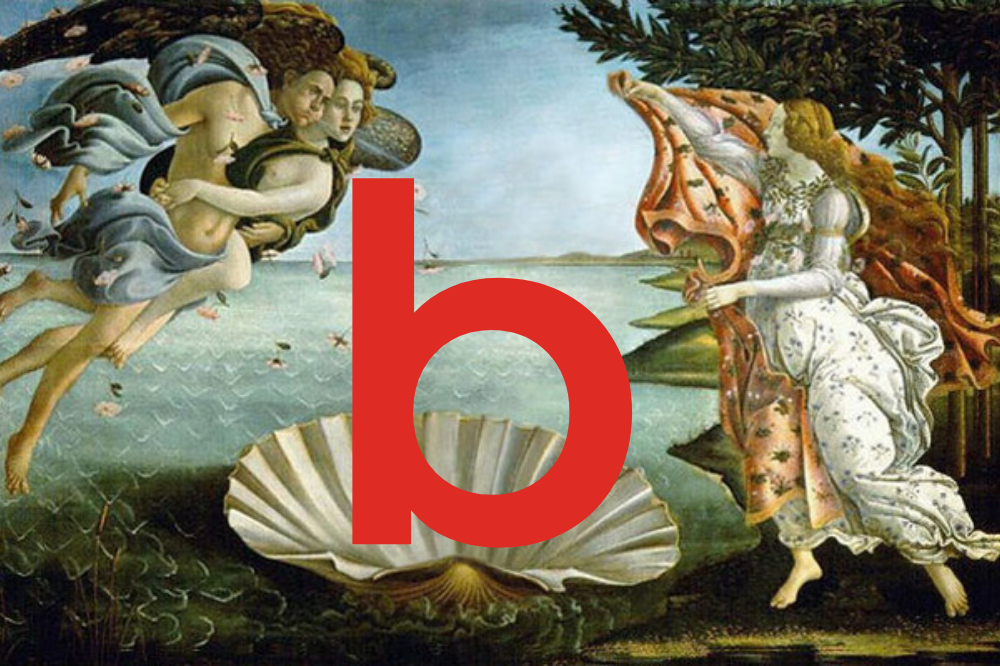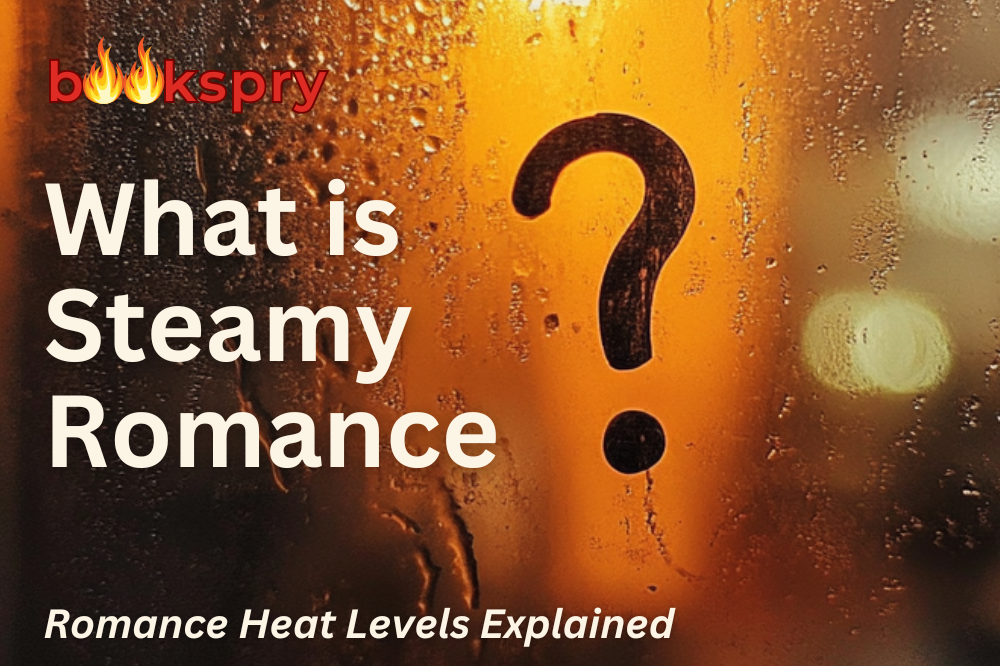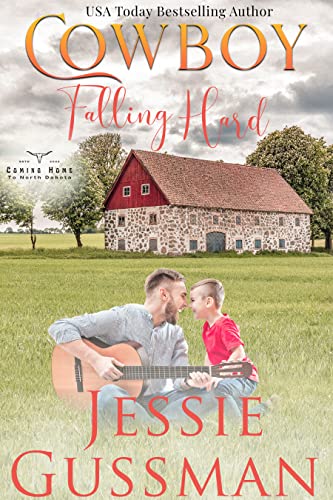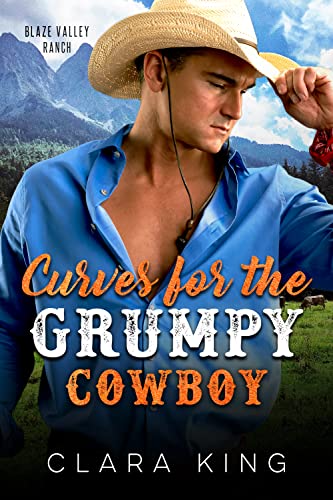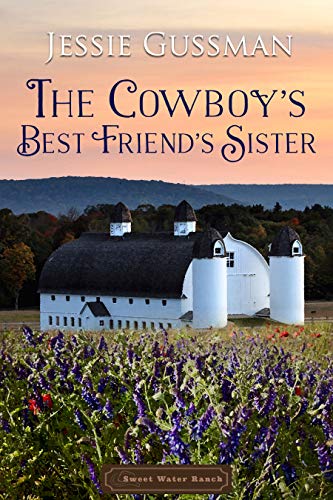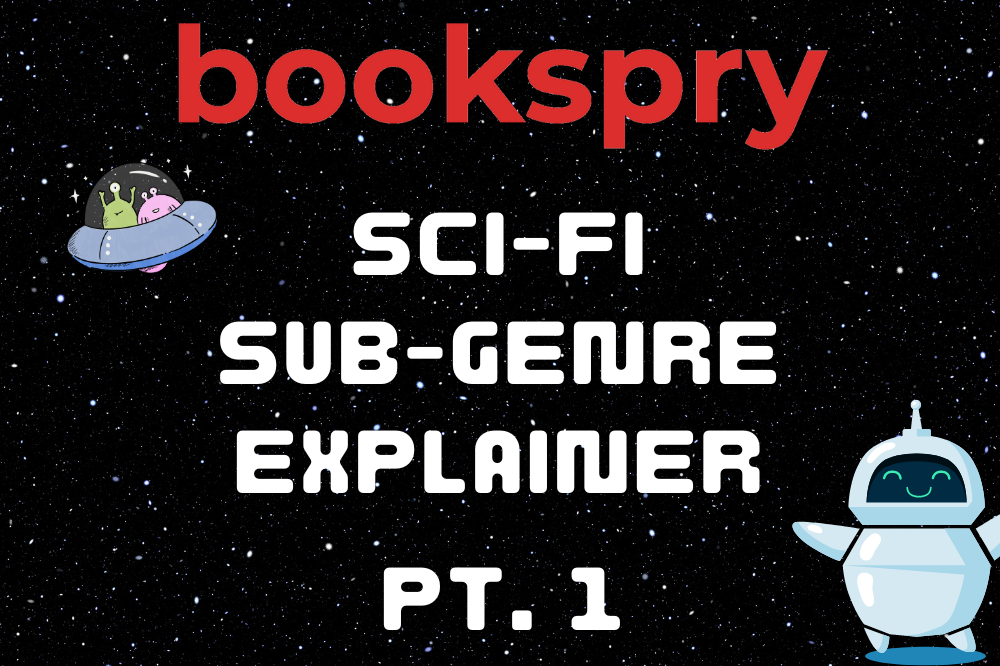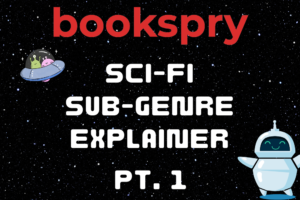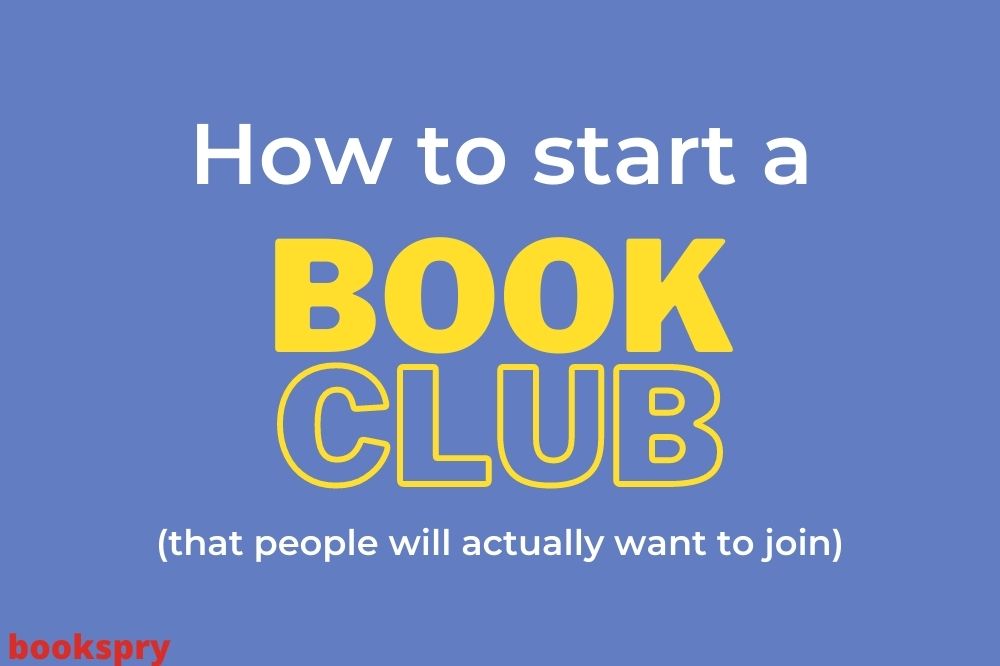The Steamy Spectrum: Understanding Steaminess in Romance Novels
ie. What are “Heat Levels” and What Does It Mean to Be Steamy?
Reading romance books, you’re definitely going to come across a lot of terms that might not be clear to you at first (check our handy Romance Reader Dictionary for some common romance terms!) and arguably none are more important than “Heat Levels”. So, whether you’re looking for the best steamy romance books available, or something on the sweeter side, we’ll explain how to find it.
Simply put, in the context of romance novels, heat levels or how “steamy” a book is, refers to the intensity and explicitness of the sexual content of the story.
Steaminess can range from sweet, tender moments of affection to highly…erm…explicit encounters.
There’s no right or wrong level of steaminess (or spiciness) in romance, just like there’s no right or wrong level of “mafianess” or “werewolfness” in a story. It’s just an element of the story itself and your enjoyment of it is purely up to your own tastes.
Likewise, there’s no one single explanation for what is “High Heat” or what is “Low Steam”. Or even a single way to refer to these levels. Steam, Heat, Spice, all refer to the same thing. Ie. The amount of sexual content in the book. So you have to put a little bit of work in.
There are a handful of explainers out there for you though. Author Jenna Harte has a fun video (if that’s your preferred medium) with lots of great historical context, this explainer from 4 Horsemen Publications is pretty straightforward as well.
You’ll notice that most explainers have gone with a 5 Level System to break out the Heat Levels. In our opinion, there’s an awful lot of blur between what people consider Levels 2, 3 and 4 and typically this is where most of the confusion happens.
But you’re on bookspry for a reason, so let’s get into our explainer for romance book steam levels!
Levels of Steaminess
One thing that’s really difficult to make clear to readers is the level of steam in a particular story. What defines “explicit”? How does the author communicate that to the reader?
At bookspry we’re constantly refining the terms we use and how we communicate those to our readers and authors, but here’s a helpful explainer!
Clean/Sweet (No Steam)
At the sweetest end of the spectrum, romance novels focus on emotional connection and intimate, non-sexual interactions. These stories may include hand-holding, light kisses, and affectionate touches, but they steer clear of explicit content. The emphasis is on the emotional journey and the developing relationship between the characters.
For Example, in a story in this category, you’d expect the main characters to share meaningful glances, tender hugs, and a few chaste kisses, but nothing more.
Check out bookspry’s Clean Romance section for some great examples!
Mild (Low Steam)
Mildly steamy romances (these would be the “two chili peppers” categories you see) include more detailed romantic interactions but still remain relatively tame. These novels might feature closed-door love scenes, where the action is implied rather than explicitly described. The focus is on building tension and showcasing the chemistry between the characters without delving into graphic detail.
A story in this category might have the couple share passionate kisses and embraces, with scenes fading to black before anything too explicit is shown.
Medium (Moderate Steam)
Medium steam novels typically try to strike a balance between emotional connection and physical intimacy. These stories include open-door love scenes with moderate explicitness, providing enough detail to get across the passion between the characters without becoming overly graphic.
You might say Medium Level Steam is where things switch over from expressing Love to being able to express Lust.
You will have graphic scenes but often not many. This is where the levels really get tricky and the difference between 2.5, 3, and 4 become a little blurry.
Hot (High Steam)
High Steam romances leave little to the imagination. These stories feature detailed descriptions of the physical encounters between characters and often include multiple love scenes throughout the story.
The steamy scenes should still be used to enhance the overall romance, but make no mistake, things are getting hotter!
Expect multiple encounters and lots of details.
Scorching (Erotic Romance)
These novels prioritize explicit, graphic sexual content as a central element of the story.
The spicy scenes are numerous and detailed, and often explore various aspects of the characters sexuality and desire.
Make no mistake though, while there is obviously a strong focus on the physical elements of the relationship, these are still romance novels. You should still expect the usual romantic elements and storyline, just with some characters who can’t keep their hands off each other.
This is in contrast to Erotica (confusing right!?) but just remember, Erotic Romance still has Romance in the title, and that’s a very important differentiator between the two genres.
Finding Your Preferred Steam Level
Only you know what you want to read today. There’s no such thing as the correct amount of steam, only whatever you’re interested in reading that day. Some days I’m in the mood for Holiday Romance, some days I’m in the mood for Western Romance. The same goes for Heat Levels.
Every reader has their own comfort zone and preferences when it comes to steaminess in romance novels. Some readers enjoy the sweet innocence of low-steam stories, while others crave the intense passion of high-steam or erotic romances. The key is to find the level of steaminess that resonates with you and enhances your reading experience.
It’s also good to remember that reading is supposed to be fun. Worrying too much about a book having some scenes in it you weren’t looking for isn’t the biggest deal in the world and skipping pages is OK (in this author’s opinion anyway).
But to help you avoid books you don’t want to read, authors often signal the steam level of their novels through things like cover design, blurbs. Sometimes very explicitly (always check the bottoms of blurbs where authors often tuck away book themes and tropes). Reviews are incredibly helpful as well. Search for the common terms you’ve learned here (steam, spice, etc) and you’ll often turn up reviews that lay out exactly what to expect in the book.
One thing is for sure, romance is a genre known for it’s abundance of amazing books, as well as a dizzying array or tropes, heat levels, and genres to choose from. Whatever you’re looking for, you’ll find it.
Have a look at what romance books are on sale today on bookspry, and use our handy little “Heat Level” search function on the left side of the screen.
Enjoy!
